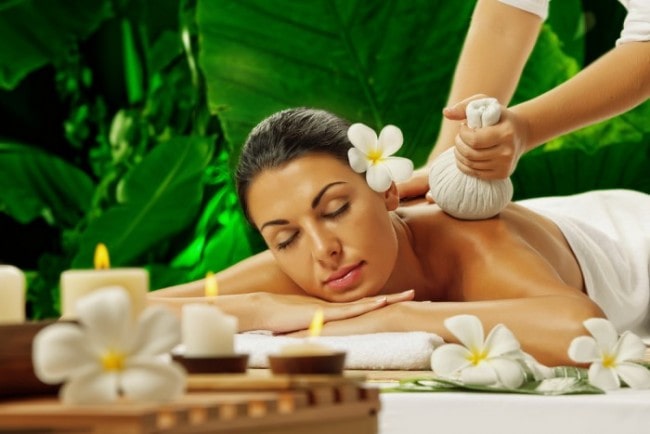Thai massage involves unique techniques from Chinese and Ayurvedic medicine, which originated in India many thousand years ago. This kind of massage is designed to boost the energy flow inside the body, improve circulation, and achieve relaxation, among other common goals. Please see Cocoon’s Thai massage to take the most benefit from energizing and awakening massage therapy. Today, we’ll focus on traditional Thai massage and what patients should know about this type of massage.
What’s traditional Thai massage?
When it comes to Thai traditional massage therapy, technicians usually involve their hands, elbows, thumbs, and feet to massage the body and relieve muscle tension. The idea around this kind of massage is that energy passes through the body along pathways known as sens. Therefore, a practitioner will manipulate the patient’s body to intensify energy flow in these sens.
The main difference between Thai and other Western massage techniques includes stretching and yoga-like traditional Thai massage positions, apart from pressure and movement manipulations.
Individuals can expect a range of health benefits after attending Thai massage sessions. If you suffer from migraines or headaches, this kind of massage is the way to relieve symptoms.
Another promising feature is improving joint functionality, thereby reducing pain and stiffness. Patients who experience severe back pain can find Thai massage an ideal treatment, as well. Moreover, anxiety levels tend to be lessened by traditional Thai massage therapy.
What to know about traditional Thai massage therapy?
1. The history of Thai massage is rich
Ancient monks have developed traditional Thai massage. There is a common belief that this massage technique was created by the Buddha’s physician around 2,500 years ago. While some skeptics might now believe in energy pathways known as sens that practitioners manipulate during therapy, it’s hard to give up the fascinating history of Thai massage that springs in ancient times.
2. Thai massage promotes proven health benefits
Multiple recent studies were focused on investigating the actual physical and mental health benefits of Thai massage. The proven advantages involve easing migraines, reducing back pain, increasing motion, reviving energy, relieving joint pain, etc.
3. There are two primary techniques
Massage practitioners concentrate on their stimulation with the belief in energy pathways that move through the human body. Thereby, it results in better circulation and ease of muscle tension. Therapists typically use traditional massage techniques – rajasamnak and chalosiak.
4. Thai massage therapy is distinctive from other massage techniques
A Thai massage session does not involve oil to massage a patient’s body, while a person should stay in clothes. You are likely to lie on either a massage mattress or mat to let your therapist use their hands, elbows, and knees to stretch various parts of your body.
5. There are some contraindications
Even though multiple studies proved the effectiveness of Thai massage for human health, some risks still exist. For instance, this massage technique is not advisable for people with heart disease, high blood pressure, cancer, osteoporosis, etc.
